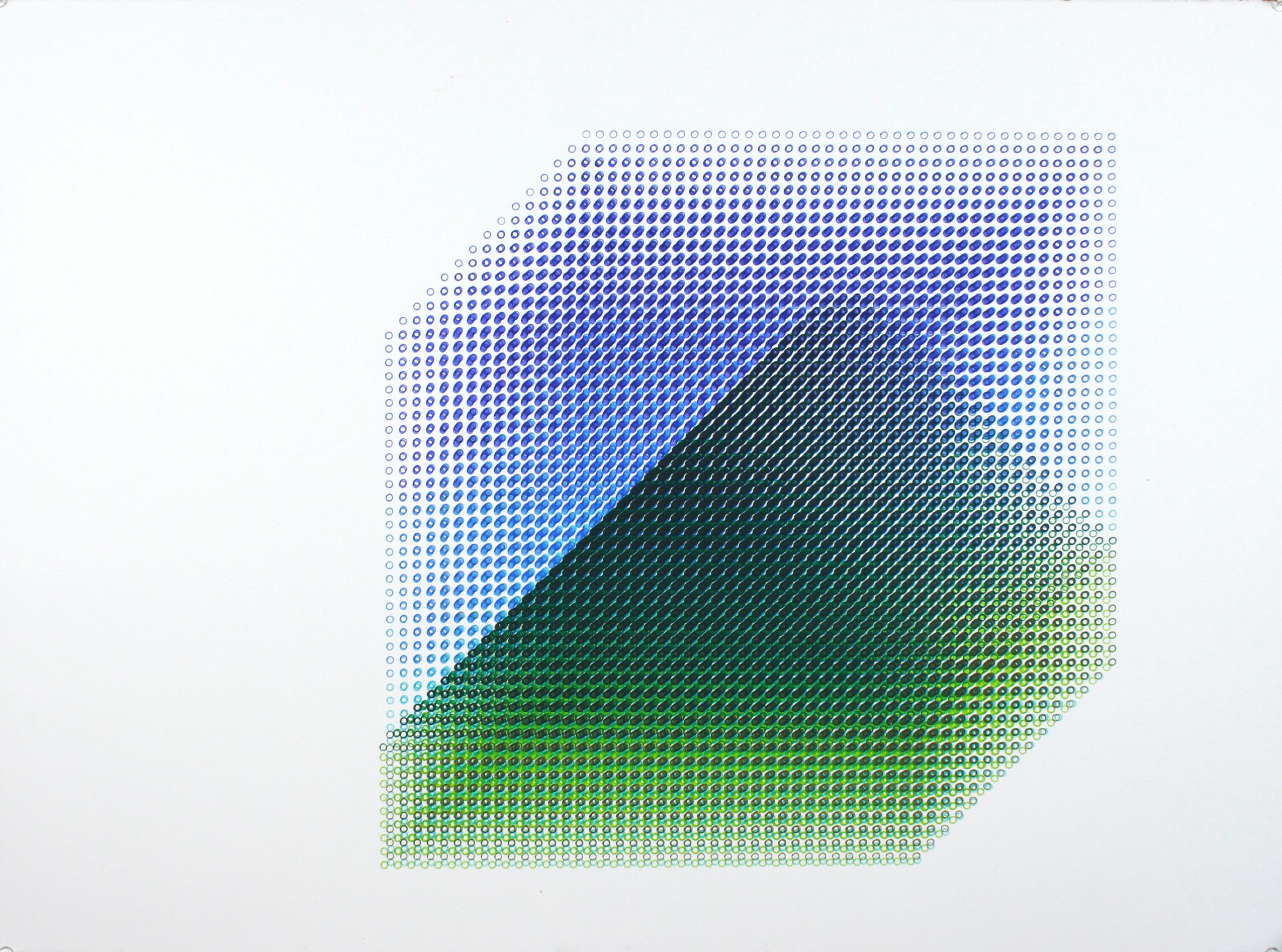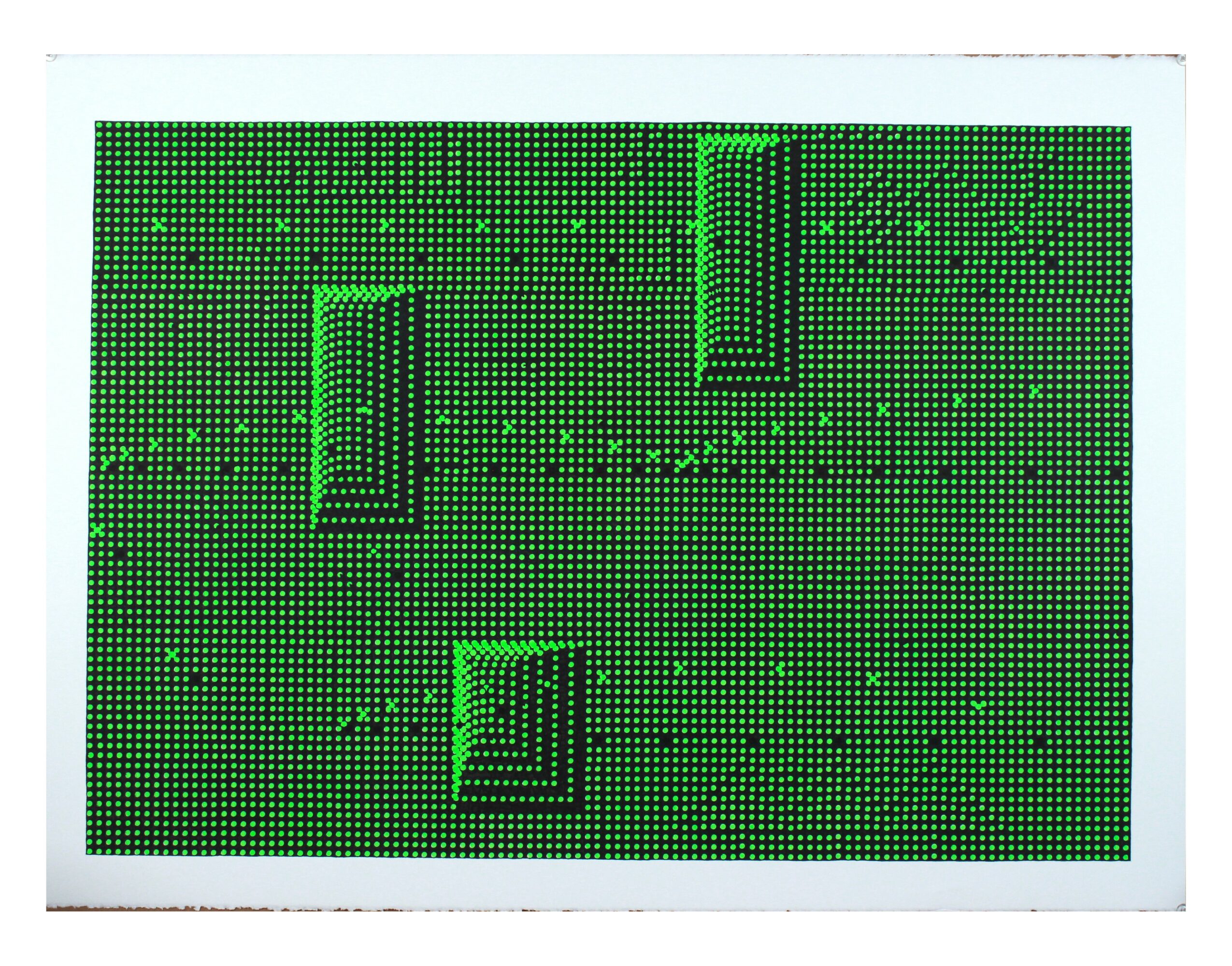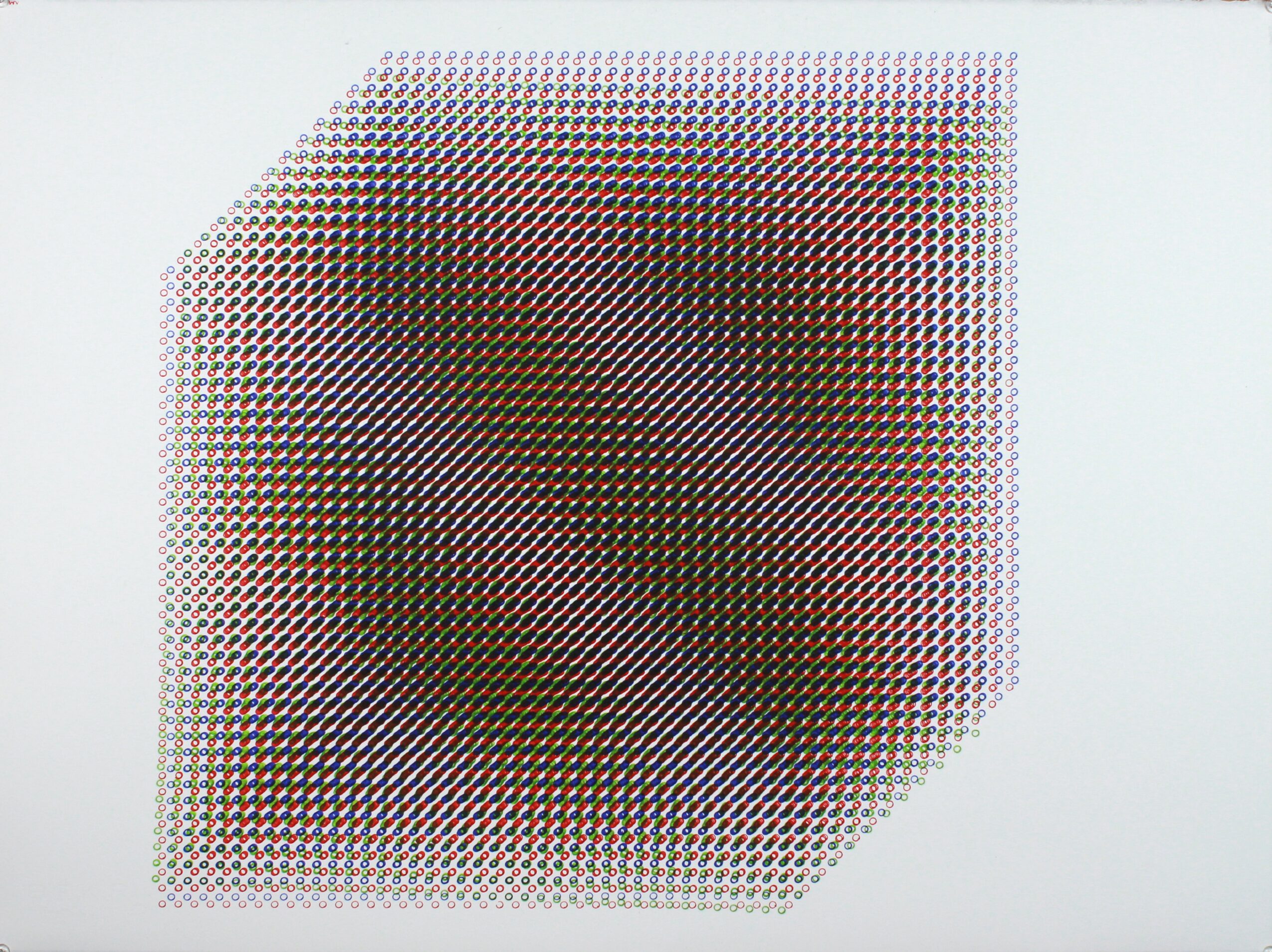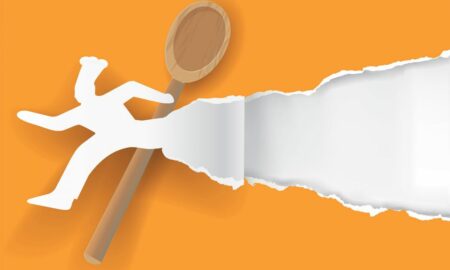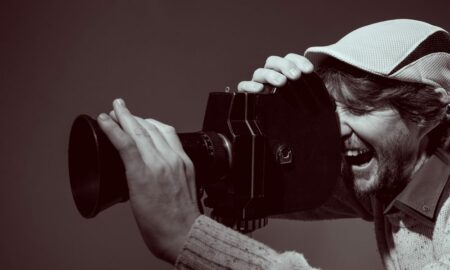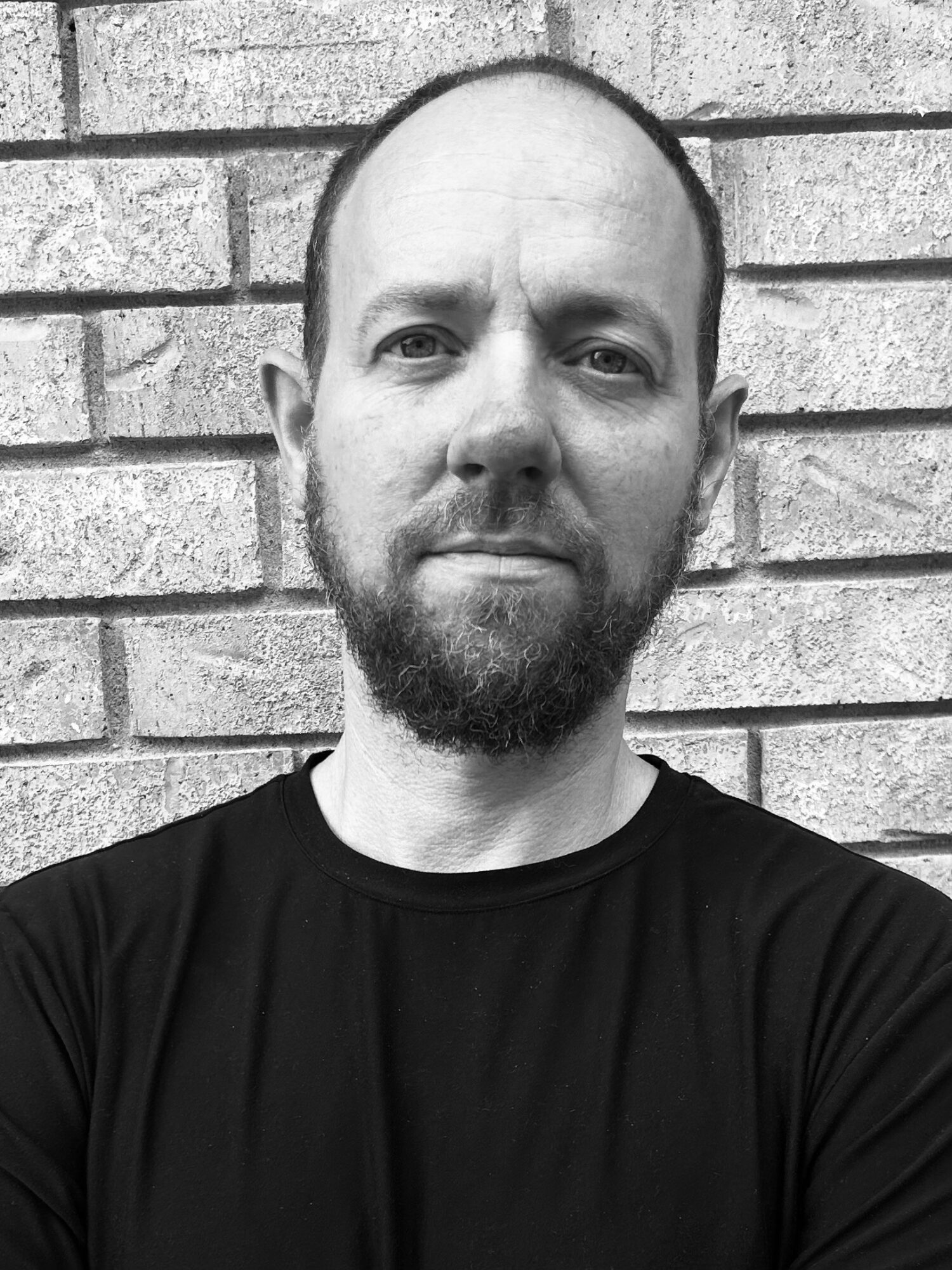

Today we’d like to introduce you to Philip Denker.
Hi Philip, thanks for sharing your story with us. To start, maybe you can tell our readers some of your backstory.
I started making art at an early age, growing up in Kansas City, where I developed a deep appreciation for both traditional and contemporary artistic practices. This led me to pursue a BFA from the Kansas City Art Institute in 2007, where I further honed my skills and explored various mediums. In 2008, I moved to Las Vegas, which exposed me to a new environment and different perspectives that began to influence my work.
My artistic journey has been shaped by a fascination with the intersection of technology and traditional art forms. Early in my practice, I was drawn to the tactile nature of traditional drawing and the inherent imperfections that come with working by hand. Over time, however, I began to explore the digital realm, intrigued by the precision and speed of computer-generated imagery. I found that technology, with its calculated execution, provided a contrast to the unpredictable nature of traditional techniques.
The pivotal moment in my development as an artist came when I realized I could merge these two worlds—by using digital tools to investigate and expand on my traditional drawing practices. I started experimenting with electric typewriter drawings, which became a bridge between the precision of the digital world and the human touch inherent in manual processes. Through these explorations, I began focusing on creating minimal, yet intricate, compositions that highlight the tension between precision and imperfection, order and chaos.
My work is rooted in an obsessive process, one that allows me to embrace both controlled repetition and the occasional breakdowns in execution—glitches and errors that mimic the very human quality of imperfection. These “mistakes” are an essential part of my creative process, as they add an organic element to an otherwise systematic approach.
Where I am today is the result of years spent honing this delicate balance, continually navigating between these two forms of visual communication. I’m still fascinated by the endless possibilities within both worlds and how they continue to influence and push each other forward in my practice.
Alright, so let’s dig a little deeper into the story – has it been an easy path overall and if not, what were the challenges you’ve had to overcome?
There have been a few bumps along the way, but otherwise, things have been pretty smooth. I’ve lived in several different cities, but I’ve always been able to find my place in the local art communities. I’ve been fortunate to have the support of my family, who recognized my talent at a young age, and now my wife, who ensures I have the time and encouragement to continue my practice. I also love making art with my 7-year-old son, which adds a special layer of joy to my creative journey.
I’ve had the opportunity to attend a few artist residencies and have consistently shown my work in galleries and community art spaces. I’ve been showing my work in public spaces for 15 years. While the shows and recognition have their ebbs and flows, the most important thing for me is to keep working and continue progressing.
As you know, we’re big fans of you and your work. For our readers who might not be as familiar what can you tell them about what you do?
For the past 8 years, my body of work has been drawings on paper. My drawing process is extremely repetitive so there’s not a lot of guess work and very few obstacles from one drawing to another. My work is, and always has been time consuming and meticulous. the most common question im asked is ‘how long do these take you’. I have learned to be patient with them and not try to force things to happen I find new ‘tricks’ in each drawing that I can translate into the next. This allows my process to slowly and consistently evolve, so the body of work becomes a journey.
So maybe we end on discussing what matters most to you and why?
Keeping a balanced and healthy routine both mentally and physically. I am able to work in the studio several hours, 5 to 6 nights a week. I’ve found this to be a productive schedule for my studio practice. My average daily schedule consists of working a full-time job M-F. After work I spend time with my family. I run 3-5 miles to to clear my head and decompress. Keeping a daily routine and compartmentalizing my studio time is integral and creates a more efficient use of time in the studio. Obviously, this isn’t a 100% consistent routine but its pretty close. I don’t stress if I miss a few nights in the studio. Balancing work, family, health, and art has to be fluid.
Pricing:
- image1. “zapper” typewriter on paper. 11 x 15.5. 2025. 400.00
- image2. “terrarium 1” pen on paper. 22×30. 2025. 800.00
- image3 “AS:400 Bounce” pen on paper 22×30 2025 800.00
- image 4. “prism 1” pen on paper. 2024 800.00
Contact Info:
- Website: https://www.philipdenker.com
- Instagram: https://instagram.com/philipdenker/
